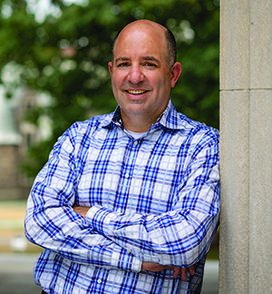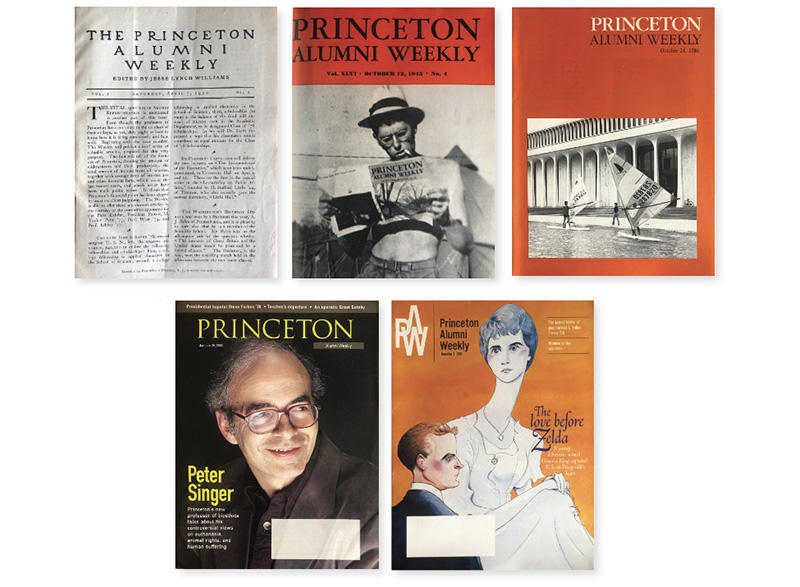From the Editor: PAW’s New Look and New Feel
PAW made its debut on April 7, 1900, and was 14 pages of text — no sketches, photos, or other images. As you can see, we’ve changed quite a bit, and this issue marks another phase of our evolution.
The magazine you are reading is different in several ways: how it was printed, how it arrived in your mailbox, and how it looks.
How it was printed is on 100% recycled paper. This is a first for PAW, and we are committed to it. We came to this decision after hearing from alumni concerned about the sustainability of the print magazine and because we’ve come to believe it aligns with the values of PAW and many of our readers.

Not all recycled paper is the same. Greenwashing is everywhere these days, and that includes the paper game. We worked with our printer to identify a provider, Leipa, that produces recycled paper without using chlorine or other harmful chemicals — which is why any keen-eyed reader may notice this paper is slightly off-white compared to what PAW had been using.
How it arrived in your mailbox is another story of sustainability. In the past, when PAW has included an advertising supplement, we packaged both publications in a plastic bag. Many of you expressed dismay over this, as well.
Now you will find advertising supplements inserted into the middle of the magazine. Check out the one in this issue from Princeton Journeys in the Office of Advancement.
Also, alumni with international addresses will receive the magazine in a paper envelope instead of a plastic bag.
As for how PAW looks, we have rolled out a redesign with this issue. The changes are not dramatic, as we felt that a refresh, not a renovation, was in order, and we sought to build on the last redesign that came 10 years ago.
We’ve tried to modernize the magazine’s look and feel while staying true to its history. Art director Matt Cole combed through the archives to better understand where we’ve come from and found a few touches that are a nod to PAW’s past, such as the new look of Class Notes and Memorials.
In addition, we’ve made “Research” its own section, breaking it off from “On the Campus.” With Princeton being a leading research university, we see opportunities to delve deeper into the work being done by students and faculty as well as to provide more coverage of the research alumni are doing out in the world.
This and other changes in our coverage in print and online are influenced by the feedback you gave us in last fall’s reader survey. We also test-drove many of the redesign changes this summer with our reader panel. (If you are interested in joining this group, send an email to paw@princeton.edu.)
There are other changes in the works, including a redesign of paw.princeton.edu. PAW’s history and where it stands now as an alumni magazine are truly unique, and it is our goal to maintain a high standard and grow with our readership.












No responses yet